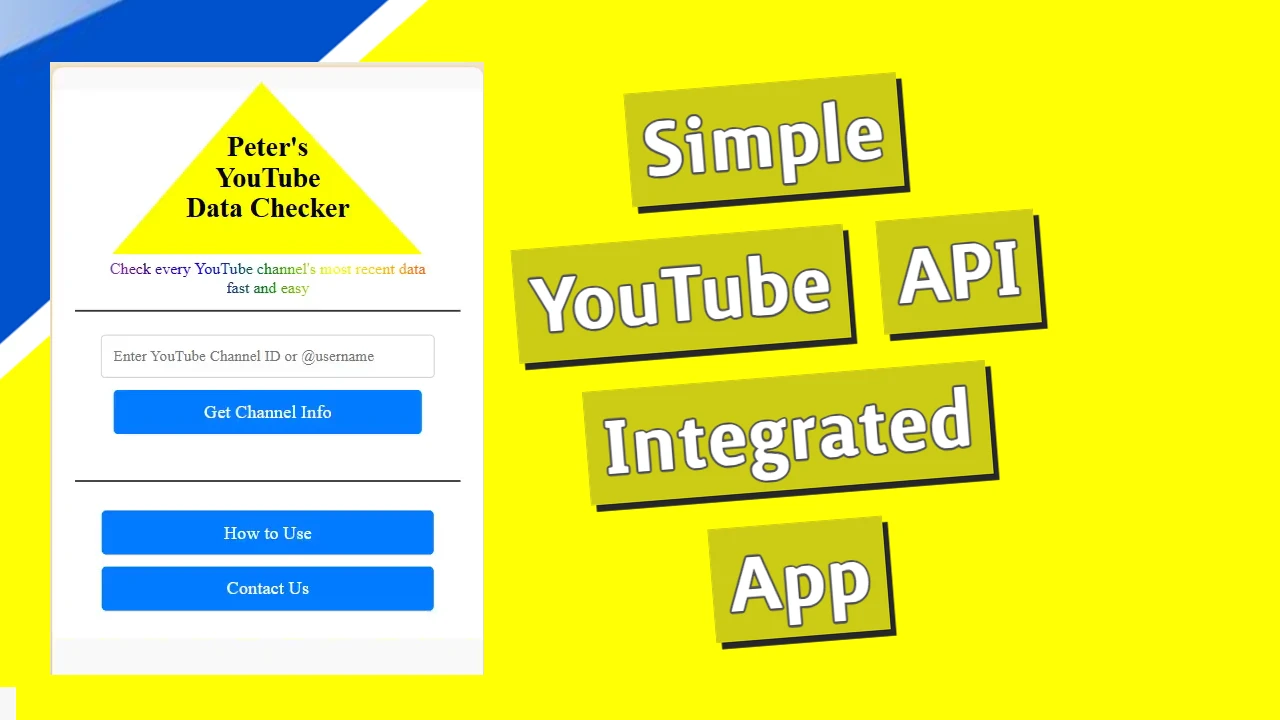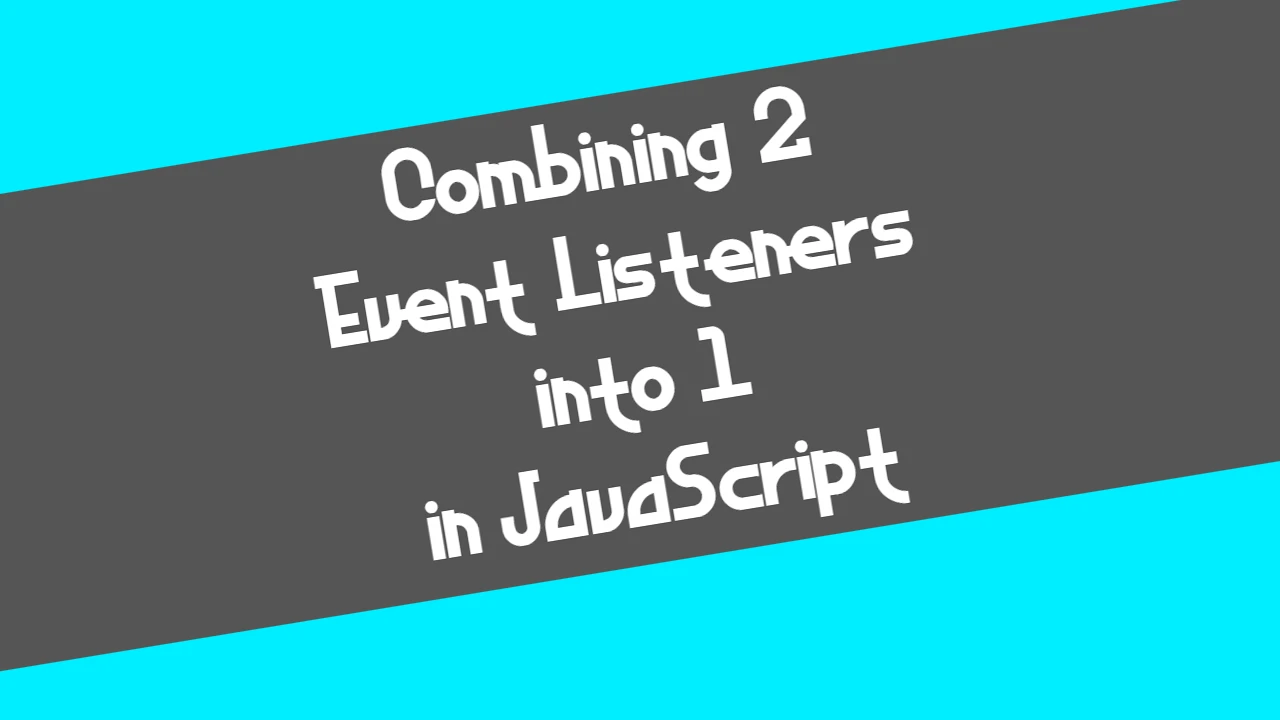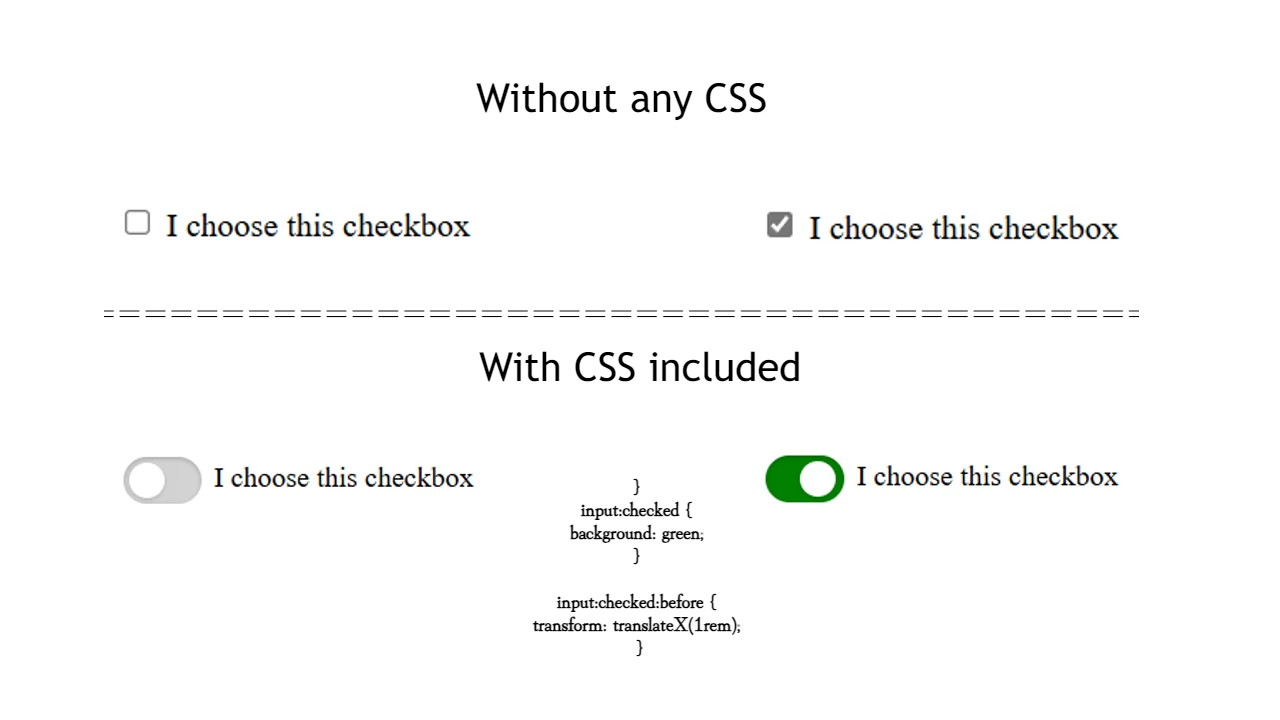As I was refining some CSS recently, I came across a great way to improve how we write selectors, making them cleaner and more maintainable. Let me share what I learned.
Traditional Approach:
main h1, main h2, main h3 {
color: red;
}This is how I used to target multiple elements (h1, h2, and h3) within a main element. While it gets the job done, the repetitive main prefix can make the selector cumbersome to write and harder to read, especially when dealing with many elements.
Modern Approach:
main :where(h1, h2, h3) {
color: red;
}By using the :where() pseudo-class, I simplified the selector. The :where() function allows us to list all the child elements we want to target (h1, h2, h3), without having to repeat the parent (main) for each one. It’s more concise, readable, and scalable.
Why Use :where()?
- Readability:
The:where()pseudo-class clearly separates the parent context (main) from the child elements it targets. This makes the code easier to understand at a glance. - Scalability:
If I need to add more child elements later (e.g.,h4), I can simply append them to the:where()list. No need to rewrite the parent selector. - Maintenance:
It reduces the risk of errors when modifying selectors since the code has less repetition.
My Recommendation:
Whenever you need to target multiple elements under the same parent, use :where() to make your CSS cleaner and more efficient. This small change can go a long way in improving both your workflow and your codebase.




